Different types of flours are available on the market today to meet a variety of requirements. Among the most sought after are dietary suggestions that regulate the work of the gastrointestinal tract and take care of the figure.
Rye flour is in great demand for dietary nutrition, which in an old culture, undeservedly forgotten, but rediscovered because of the health benefits.
What do we need to know about rye flour and bread from it, more commonly called black bread?
Rye and types of rye flour
Rye is considered a cereal, but it is actually a grass that is very similar to barley and wheat. This plant is very sustainable and is the main food raw material in eastern countries. Black bread is widespread in Russia and its neighboring countries and rye flour products are an important in these areas.
Rye flour is produced from the rye plant using the technology typical for the production of other flours - from barley, wheat, einkorn and others. However, there are some differences that are determined by the characteristics of rye grain. It is thinner and longer than wheat and therefore grows when digested. They are sorted by size and ground separately.
The result is different types of rye flour - plain, peeled or seed. The most acceptable option in terms of time and effort is rye flour which grains are grinded, by using whole grains.
Features of rye flour
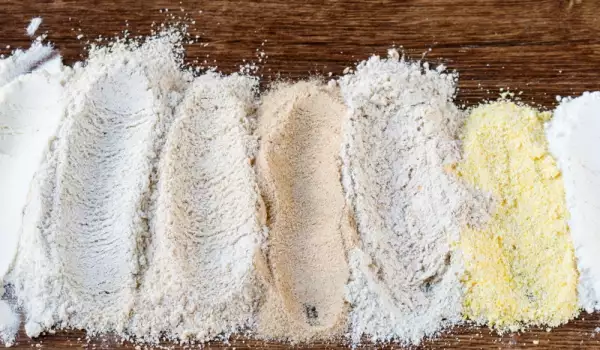
Rye flour is darker than wheat flour and has a slightly grayish color. It contains less gluten, but is not completely gluten-free flour. For this reason, rye biscuits thrive less than wheat.
Most often it is made into bread - with soda or yeast. However, rye flour is perishable and can be stored in a cool, dry place for a short time. In terms of nutritional value, it has the same characteristics as wheat flour.
There are several ways to make bread - with soda or yeast. With soda it is the fastest, and with yeast it takes only 8 hours to rise, but the bread is the most delicious and healthy.
Nutritional composition of rye flour
Wholemeal rye flour, grinded in a stone mill, is characterized by a fully preserved composition of rye.
- The body receives proteins and amino acids in rye, among which are essential - threonine, lysine, tryptophan;
- There are a number of useful fatty acids, mainly unsaturated;
- Trace elements are represented by magnesium, calcium, iron, phosphorus, potassium, selenium, copper, sulfur, sodium, fluorine;
- Of the vitamins in it there are A, C, B complex, K, PP;
- Fiber, enzymes, polyphenols and other bioactive substances complete the list of useful ingredients in rye flour;
- Soluble fiber - beta glucan, which increases the viscosity of the food mass, which slows down the emptying of the stomach and intestines and maintains the feeling of satiety for longer. Starch breaks down more slowly, so rye flour has a lower glycemic index than wheat. Lignans reduce the risk of various cancers, and phenols act as antioxidants.
Health benefits from the use of rye flour

The bioactive components in rye flour have many beneficial effects. They strengthen the immune system, suppress inflammation, reduce the action of free radicals. The biggest benefits of rye:
- Reducing cholesterol improves heart health in several respects, as studies show that on the one hand, rye flour is not only lower risk of cancer, but is 14% more effective in lowering levels of bad cholesterol compared to wheat.
- Rye flour products are recommended for gallstones and diabetes, mainly as a means of prevention;
- The rich mineral composition favors the maintenance of the bone system;
- With regard to the gastrointestinal tract, its action is to normalize its work and stimulate the beneficial microflora;
- Supports and maintains cleansing the body of toxins;
- Regulates the nervous and endocrine systems;
- Its saturating action plays a positive role in weight regulation;
- If used externally as a cosmetic, cleanses and detoxifies the skin, slows aging and the appearance of wrinkles and blemishes, relieves rashes and eczema;
- Helps with constipation, because it is rich in fiber. Absorbs water and supports intestinal patency.
How to make rye flour at home?
Rye flour is the easiest to make at home, so it is recommended to start with it when someone wants to make their own flour at home. The necessary tools are the following:
- Rye grains;
- Coffee grinder;
- Paper.
According to the needs, soft, thin flour can be obtained, as well as coarser. For the first an electric coffee grinder is used, for the second - manual. The grains are ground and placed on a layer of thick and clean paper. Newspaper should not be used, because the grain have the ability to absorb ink and becomes poisonous.
Allow the flour to dry well in a ventilated place and stir it occasionally.
Whether it is ready is checked by color. At first it is yellow. Gradually turns beige-white. The flour should not stick to your hands when touched.
The flour is placed in a cloth or paper bag and stored in a dry and cool place.
It is sifted before use, as it is done with other types of flour.
Choosing ready-made rye flour from the store
On the market rye flour is available in different varieties. The type of rye flour indicates the degree of its grinding. The finer it is, the higher the grade. This means that the flour is thinner and better baked. High-grade flour is considered the most valuable, but the coarse contains all the nutrients of rye, including fiber.
Culinary use of rye flour
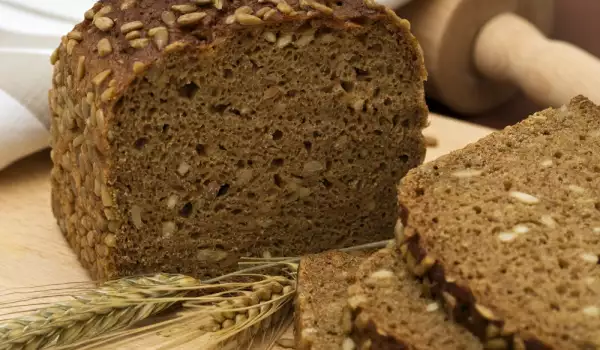
Although cosmetics also take advantage of the qualities of rye flour, its main use is for culinary purposes.
1. Rye flour is used to make mostly different types of bread, baguettes, pita - with seeds, cheese and olives, with oatmeal, cocoa, even coffee. In addition to the pleasant unique taste, these are suggestions for dietary nutrition;
2. Dietary muffins with rye or flour mix from rye and corn / wheat /, einkorn with olives or cottage cheese is a delicious suggestion for those who like savory foods;
3. Another similar possibility includes rye flour in a recipe for muffins with oatmeal, milk and yogurt and cheese;
4. Tutmanik and filo pastry pies with this flour are a suggestion for those who should avoid wheat;
5. Crackers or snacks, homemade rye flour bretzels are a great dietary snack not only for children but also for adults;
6. Rye flour goes well with vegetables - carrots, celery, ginger, cherry tomatoes go well with the taste of rye;
7. Sweets with rye flour - here the possibilities are inexhaustible - pancakes/mekitsi from rye flour with molasses or fruit jam, sponge cake, sweet muffins, cookies, biscuits, gingerbread, brownies with rye flour for dietary nutrition and that's not all of the possibilities;
8. Sweet/savory casserole dishes are for regulating stomach problems.
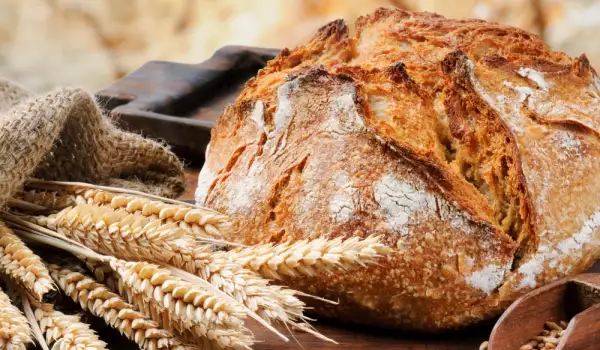
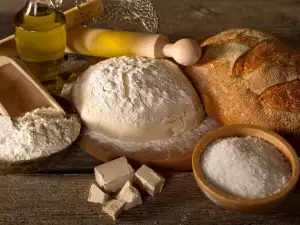
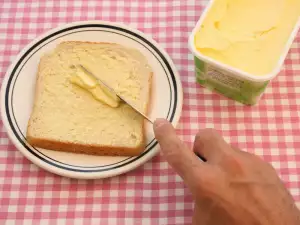
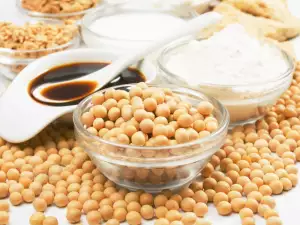



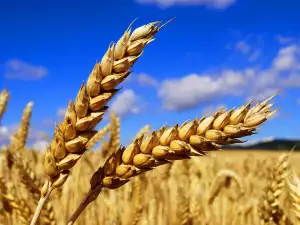
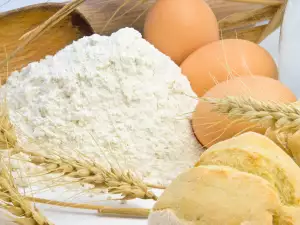
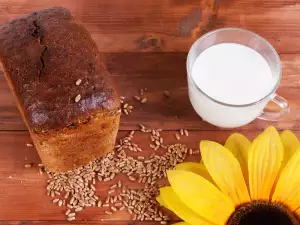


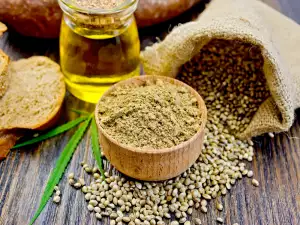
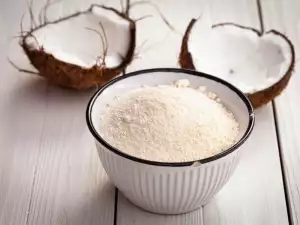





Comments